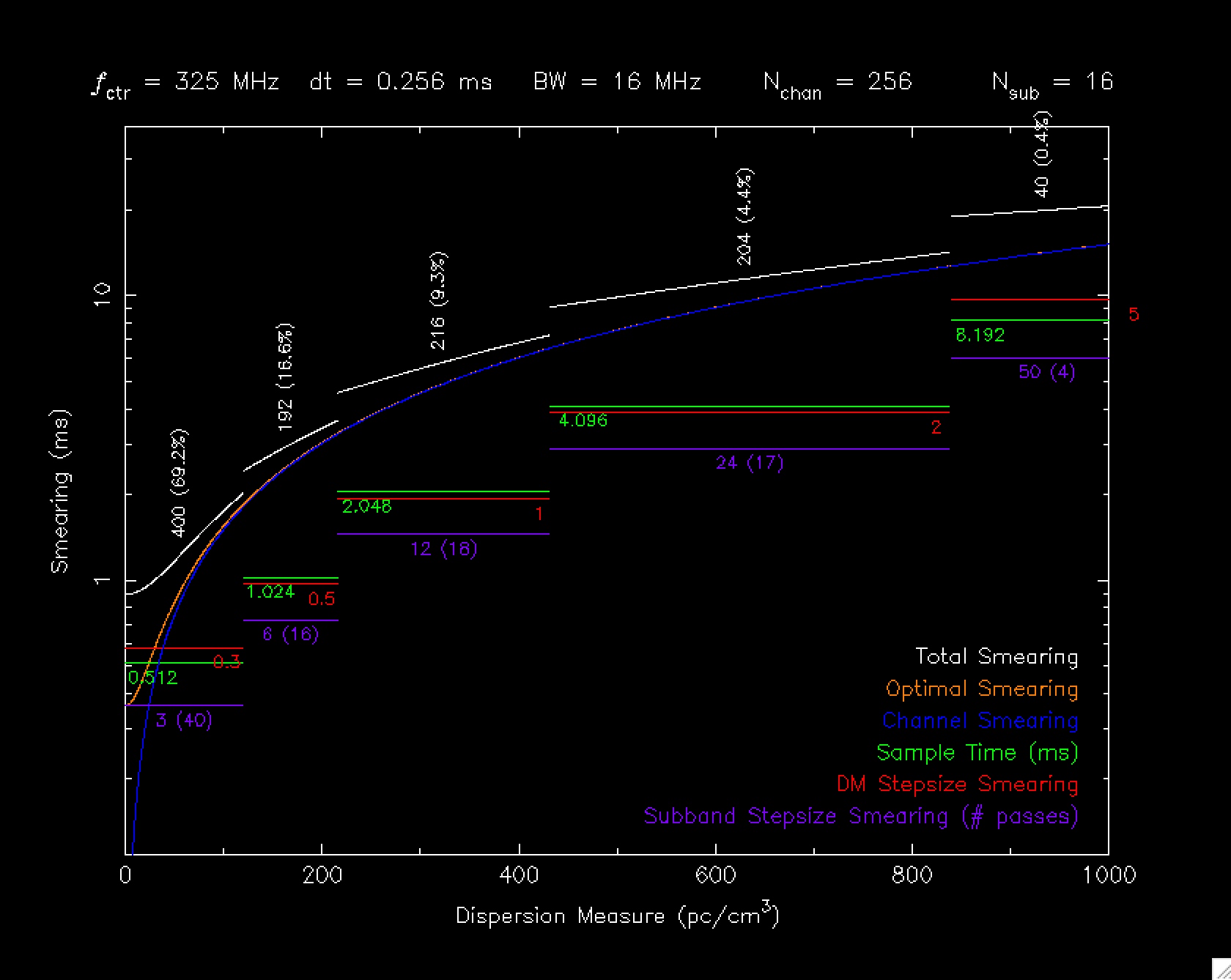Pulsar Detection with Deep Learning
Master’s Thesis, IISER Bhopal (2024)
Objective
To build an automated system capable of detecting radio pulsars — rapidly rotating neutron stars that emit beams of radio waves — from raw telescope data. The project applies deep learning to handle the enormous data volume produced by the Giant Metrewave Radio Telescope (GMRT) and to improve the accuracy and speed of pulsar candidate classification.
Background
Pulsars are extraordinary astrophysical clocks: dense remnants of supernovae that rotate hundreds of times per second, emitting precisely timed radio pulses. Detecting them is difficult because telescope data contain millions of noisy signals, only a handful of which correspond to real pulsars. Traditional Fourier and template-matching methods struggle to keep pace with new survey data.
Deep learning — multilayer neural networks that learn complex patterns — can automatically extract key features from both one-dimensional time-series data and two-dimensional diagnostic plots, making it ideal for large-scale pulsar searches.
Methodology
Processed ≈ 500 GB of GMRT data using SIGPROC and PRESTO, producing ≈ 32 000 labeled candidates.
Designed a multi-modal CNN–GAN architecture that learns jointly from:
1-D pulse profiles (array-based features), and
2-D frequency–phase “prepfold” images (image-based diagnostics).
Combined model outputs using logistic regression fusion for interpretable classification decisions.
Augmented data with a Generative Adversarial Network (GAN) to address class imbalance and improve recall for weak signals.
Results
The integrated model achieved 94 % classification accuracy, outperforming traditional baselines and enabling near-real-time candidate triage. This demonstrates that deep learning can substantially accelerate pulsar discovery pipelines and improve sensitivity to faint sources.
Figures
Pulsar Candidate Profile: Two-pulse folded profile detected by GMRT, showing phase-aligned periodicity.
Dispersion-Measure (DM) Analysis: Smearing curves used to correct for interstellar electron dispersion.
Hybrid Model Architecture: Fusion of CNN, SVM, and ANN modules with logistic-regression feedback.
(All figures generated during thesis analysis.)
Impact and Future Work
The framework illustrates how data-driven AI methods can enhance astrophysical discovery, supporting upcoming large-scale surveys such as SKA and CHIME. Future work will focus on real-time inference, explainable decision layers, and expanding to multi-telescope data.
The full thesis, Pulsar Detection with Deep Learning, is available as a preprint on arXiv and the accompanying implementation code can be accessed on GitHub.
Preprint: Pendyala, M. (2024). Pulsar Detection with Deep Learning. IISER Bhopal. Available on arXiv
Code Repository: GitHub – Pulsar Detection Project
This repository contains the complete data processing pipeline, including GMRT data handling, candidate generation (SIGPROC + PRESTO), data labeling and balancing scripts, and model training code for the CNN and GAN-based architectures.



